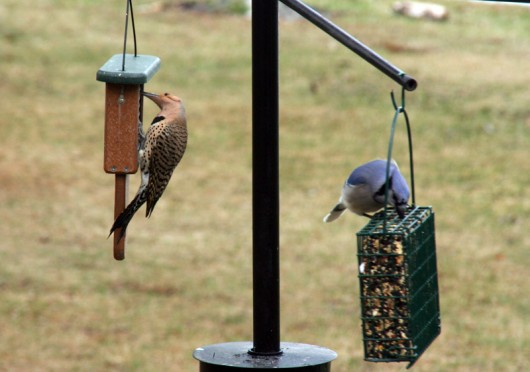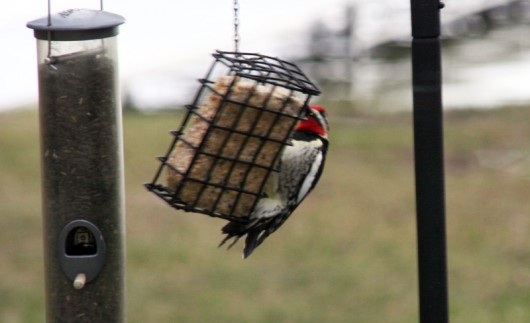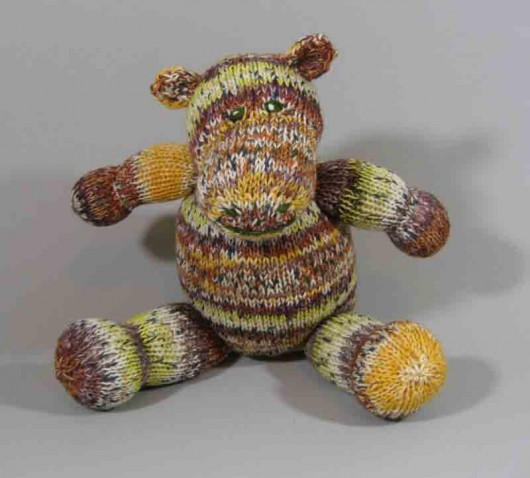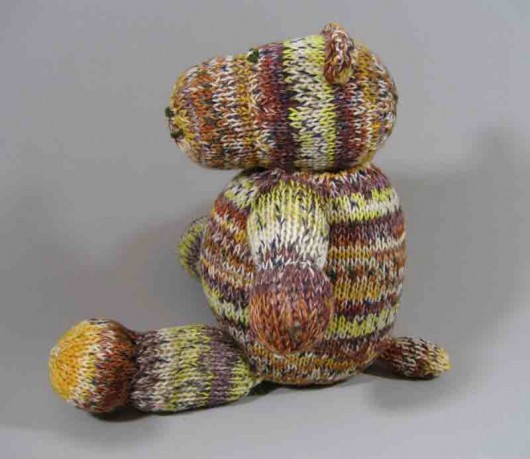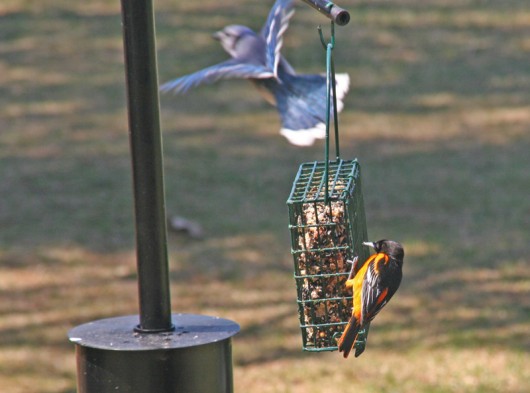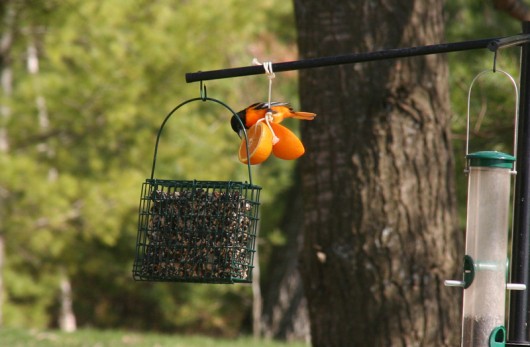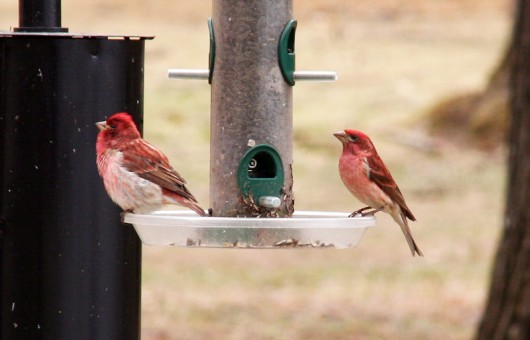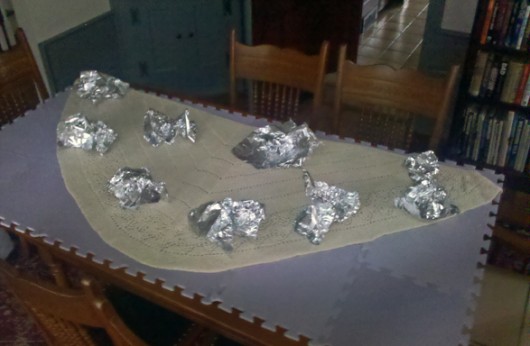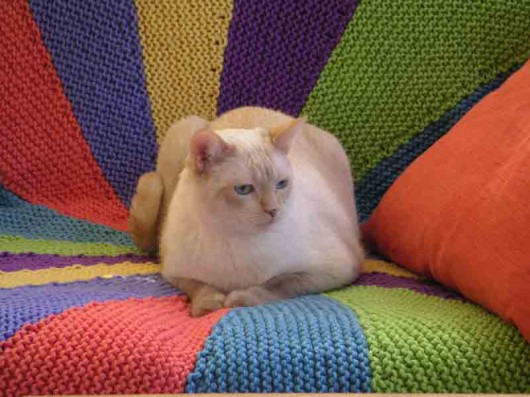We have seen very few Flickers at the lake, but this fellow visited at the suet feeder recently. That’s unusual because, as the Cornell site describes the Northern Flicker, they are mostly ground feeders. They dig for beetles and ants using their slightly curved bill. Shy Flickers are mostly known for their flicker of white rump feathers as they fly away. But they are a wonderful combination of colors: a peach color head, with blue-gray feathers at the low back. And between their wings, high up on their back, is a wonderfully bright “V” of orange/red. They’ve got dots of black on their bellies and sort of bars of black in their wing feathers. Maybe the best dressed Michigan woodpecker.
This one stayed at the suet for a good long while, pecking out good sized suet chunks.
Soon after the Flicker visit, we had our first Yellow-Bellied Sapsucker at the feeder. Maybe one of the silliest names for a bird, but appropriately descriptive. This woodpecker has a yellow belly and a head a bit out-sized for his dinky body. He pokes shallow holes in trees to suck, you knew this already, to suck sap. Here, he’s hiding out a bit behind the suet feeder as it swung in the wind.

